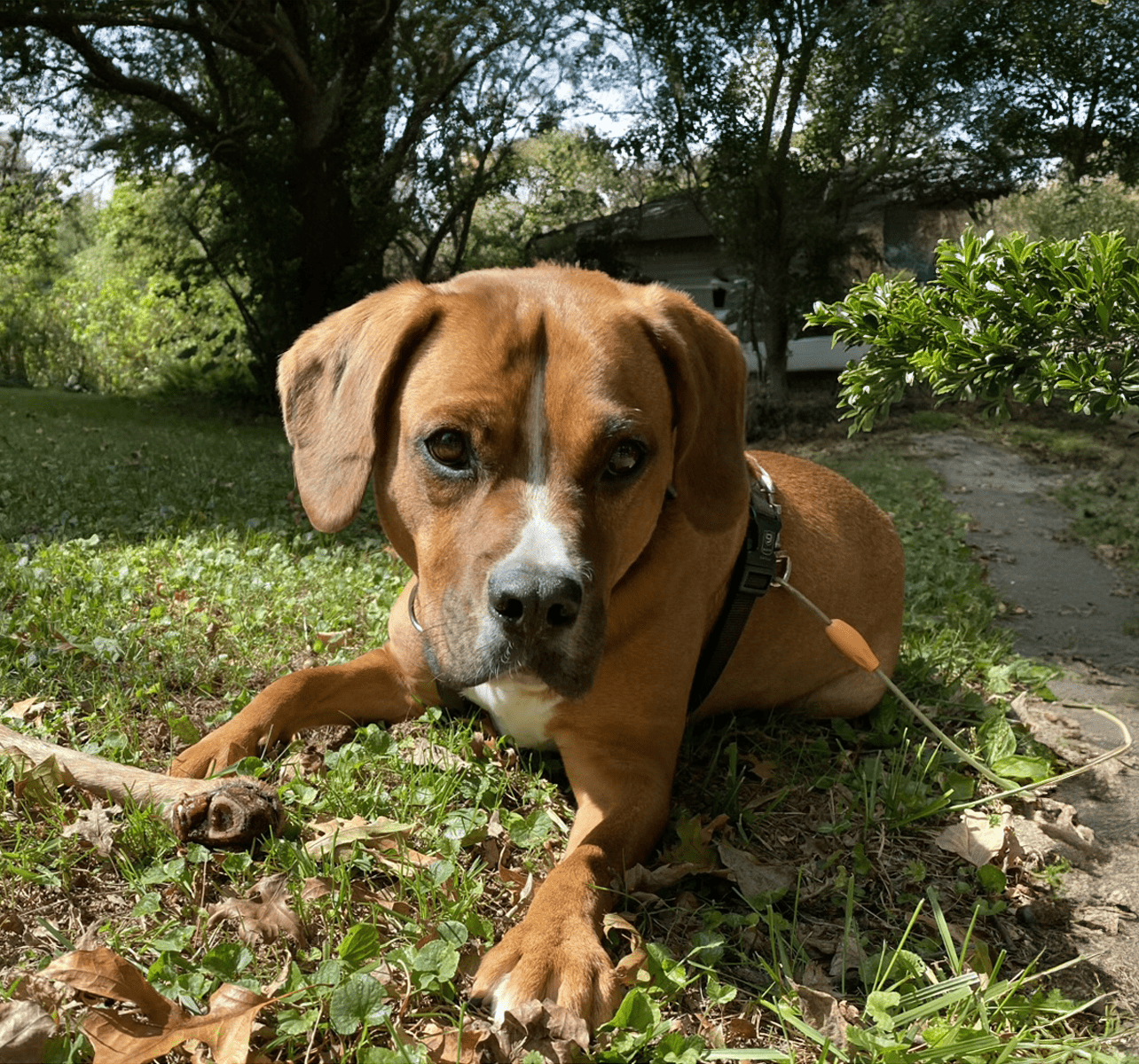By Courtney Sexton
For us humans, the sound of a firework can be startling, but since we understand that this surprising sound is safe, what would be scary becomes merely exciting. Unfortunately, dogs and cats don’t share our appreciation for the surprise of a loud-but-benign “bang,” and their ability to hear higher frequencies makes it even harder for us to relate to the impact of such a sound.
Unfortunately, dogs’ and cats’ reactions to these “big bangs” can escalate: in the most extreme cases noise phobias can develop a chronic aversion to, and fear of, certain (usually loud) sounds, a life-altering condition for not just our scared friend, but for the people who care for them as well.
Experience, genetics, and age can play a role in noise sensitivities
There are many different signs of noise sensitivities, some of which are apparent, like panting, scratching at doors, a dog heading under the bed at the threat of a storm, or a cat running away when the vacuum comes out.
My late dog Remy used to hide in the bathtub during fireworks displays. My pup Sonder, also chooses the bathroom as a safe space.
For some dogs and cats, experiences with noises during early development can cause these kinds of stress responses down the line. For others, their breed or genetics may influence how sensitive they are to sound, and how they react to it.
And, in most cases that researchers have evaluated, individuals tend to display increased fear responses and sensitivity to noise as they age, regardless of whether they did earlier in life.
There are also other cues we may tend to not notice, or know to look for. For example, if your dog or cat suddenly develops a noise phobia, it’s a good idea to rule out the possibility that a condition that’s causing them pain is making them irritable and less sound-tolerant.
How can we help “quiet the noise” in dogs’ and cats’ stress responses?
Because noise phobias and sensitives are inherently stressful for animals, they often manifest in behaviors like aggression and anxiety. They can also impact cognitive function. In one study, researchers found that noise-reactive dogs performed worse on problem-solving tasks like puzzle boxes.
Fortunately, there are many ways to help dogs and cats manage the stress noise phobias induce:
- Awareness and support: The idea that ignoring dogs’ and cats’ fear responses will make them go away is terribly dated. We should comfort our companions and help them feel safe -- for some, tools like Thundershirts and Rescue Remedy are helpful.
- Counterconditioning: Noise desensitization requires time and patience and involves controlled, supported exposure to the triggering sound, ultimately resulting in a reduced fear response. Sound therapy is one such process.
- Medical intervention: People are often reluctant to give their dogs and cats anxiety-managing drugs. But for some animals in some cases, these prescriptions can provide the stress leveling they need to overcome anxiety in complement with behavioral training.
How can buttons help combat noise phobias?
When it comes to everyday button teaching, be aware of sounds that are in and around your home. Studies have shown that for working dogs, distracting environments diminished their ability to learn.
Especially if you have a noise-sensitive dog or cat, don’t initiate teaching during a storm, construction, leaf-blowing, or the like, as this could lead to negative associations with the fear-inducing sound and buttons.
But helping our learners communicate their fears is another way we can help them move past them. For example, dogs and cats are likely to sense the rumble of thunder long before we do. If they have a button to articulate this, we can initiate the process of comforting them more quickly, which may ultimately keep their anxiety from reaching peak levels.




Leave a comment
This site is protected by hCaptcha and the hCaptcha Privacy Policy and Terms of Service apply.